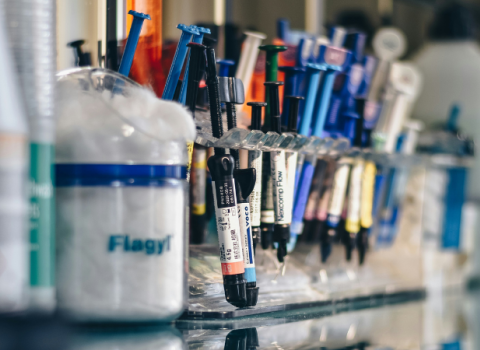Licensing opportunity
Positron Emission Tomography (PET) is the most sensitive technique for early detection of cancer. The standard imaging agent used with PET scanners is fluorodeoxyglucose (FDG). However, while it is invaluable in the imaging of a number of tumour types, FDG is not suitable for detection of all tumours.
Other PET tracers, with greater tumour specificity are therefore required. Researchers Aberdeen University are developing one such potential tracer.
Expression of Cytochrome P450 1B1 (CYP1B1) appears to be specific to neoplastic cells. The researchers have exploited the specificity of the enzyme for tumour tissue and have developed a method for labelling a highly specific inhibitor of CYP1B1.
The molecule is fat soluble, so will pass through cell membranes. In addition it may also find utility as an Alzheimer’s disease marker. A UK patent application has been filed.
For more information, visit the project’s page at http://www.university-technology.com/details/general-tumour-imaging-agent





 A unique international forum for public research organisations and companies to connect their external engagement with strategic interests around their R&D system.
A unique international forum for public research organisations and companies to connect their external engagement with strategic interests around their R&D system.